The content of the article
In the world of modern and convenient technologies, natural products are valued more and more. The pasteurized milk on the shelves of the store is already ready for use - it does not need to be boiled. Just open the pack and enjoy the taste. In addition, it does not spoil for a long time and is able to stand in the refrigerator for weeks. Have you ever wondered why production milk does not deteriorate for so long? Surely, in its composition and on the walls of the package there are special preservatives that seem to freeze the properties of milk. The drink becomes dead - there are no useful substances left in it. That is why many housewives try as much as possible to buy "live", natural milk from under the cow. However, there are risks. In order for milk to be safe and suitable for consumption, it must be boiled.
The danger of raw milk
The fact is that harmful microorganisms can get into milk at any stage of its production. An unclean milkmaid can start milking a cow with dirty hands. Dishes in which milk is milked may also not be clean enough. In addition, microbes and harmful bacteria can enter the tank during the transportation of milk.
However, even if you have a cow at home and you are absolutely sure of the cleanliness of the dishes and hands of the milkmaid, milk must certainly be boiled. The fact is that a cow can get sick, even if it does not manifest itself externally. Any changes in the diet of the animal can also cause a change in the composition of milk. As they say, God saves a safe person, so do not drink milk in pairs. And especially, do not give it to children.
Boiling milk not only protects you from harmful microorganisms, but also significantly increases the shelf life of the product. If raw milk is stored in the refrigerator for no more than three days, then boiled milk may well stand for a week.
How to boil milk
This process is not complicated, and even the most inexperienced housewife can cope with it. However, there are several nuances that will help you avoid burning and running away of milk.
- Milk needs to be boiled as soon as you bring it home. The sooner you do this, the longer the product will last.
- If you take milk from unverified sellers, check the product for quality. To do this, drop a drop of milk in a glass of cold water. If the drop immediately began to dissolve, the product was diluted with water. If a drop sank to the bottom - milk is good.
- To begin with, you should decide on the dishes in which you are going to boil milk. For boiling, a glass, aluminum and steel pan is suitable. In enameled dishes, milk will burn.
- Rinse the boiling container and pour a little clean water (one cup) into it. When the water boils, add some milk to it. This is done in order to check milk for freshness. If the milk begins to curl, it is sour - it’s better not to boil it. You can make pancakes or pancakes from such milk, and drinking it in its pure form is not recommended. If the milk has not curled, you can add the rest of the product. Do not worry that you have diluted the milk with a small amount of water - it will evaporate quickly.
- It is better to boil milk in a pan with high sides so that it does not run away. If the container is completely filled with milk, you can put an inverted saucer on the bottom. It prevents strong boiling, which protects the milk from "runaway".
- A pot of milk must be put on a slow fire and be nearby all the time. Stir the container from time to time so that the milk warms up evenly. Before the milk begins to boil, remove the froth.Then, after boiling, it is not necessary to remove the foam - the most useful trace elements are collected in it.
- How much boil milk so that it retains its beneficial properties, but all harmful microorganisms have been destroyed? Boil milk for at least two minutes. When the liquid is sufficiently heated and the foam begins to creep up, just turn down the heat to a minimum. Milk should boil, but not run away. Two minutes is enough to get rid of pathogenic microbes and bacteria. If you want to get more thick, saturated and fatty milk, boil it for at least half an hour.
- After boiling, milk does not need to be immediately transferred to a jar. Allow it to cool at room temperature, and then put it in the refrigerator.
This method of boiling will allow you to prepare the product for safe use.
Useful tips and interesting facts.
We have collected for you various educational tips related to milk.
- So that milk does not run away and does not burn, instead of a saucer at the bottom, you can use ordinary butter. Just grease the edges of the dishes just above the edge of the milk and the liquid will not overcome this obstacle.
- If you notice small pieces of hay in the milk (and if the product is natural, this could happen), you just need to strain the liquid through several layers of gauze.
- Do not leave the stove while milk is being heated there. Find something to do within the kitchen. So you do not miss the moment when the milk is ready to "run away."
- Add a little sugar to the milk to increase its shelf life.
- Pasteurized and ultra-pasteurized milk, which is sold in the store, does not need to be boiled - it is already ready for use. The same applies to special milk bags for children.
- If you forgot to check the milk for freshness and it is completely curled, do not despair. Boil the milk for a few more minutes, and then flip the liquid over the cheesecloth. You will get delicious (absolutely not sour) cottage cheese and whey, from which airy and delicate pancakes are obtained.
- If you bought too much milk and are afraid that you will not have time to drink it, prepare condensed milk from it! Natural, thick and incredibly tasty, as before. To do this, pour two cups of sugar in two liters of milk and simmer for at least 3-4 hours on low heat.
- Stir the milk regularly so that it does not stick. To facilitate and speed up the process, you can languish milk with sugar in a slow cooker. There it will not burn, it will not need to be watched so carefully. At the exit, you will receive 700-800 ml of a natural product without any preservatives, which you can give your child without fear.
- If milk is burnt during boiling, it should immediately be poured into a clean bowl, which is then lowered into a basin with cold water. Add a pinch of salt to the milk and stir. This will save the drink from rancid taste and smell.
- Store milk in an airtight container, as this product easily absorbs odors.
- Do not leave milk in the sun. Light robs the product of vitamins A and E.
These simple tips will help you properly boil, store and consume milk.
Milk and dairy products are the main component in the diet of any person. Along with meat products, cereals, vegetables and fruits, milk is an integral part of human nutrition. It contains a huge amount of vitamins and minerals. Drink milk and take care of your health!
Video: how to boil milk

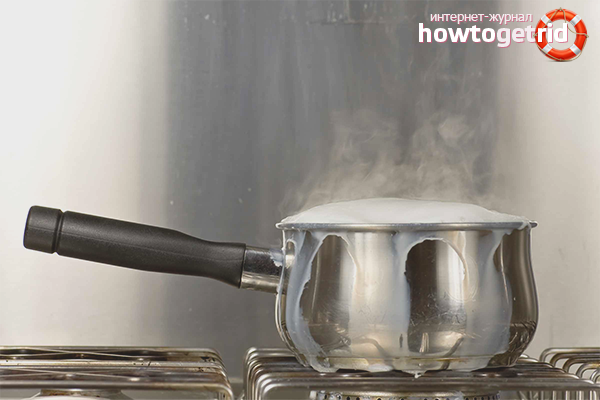
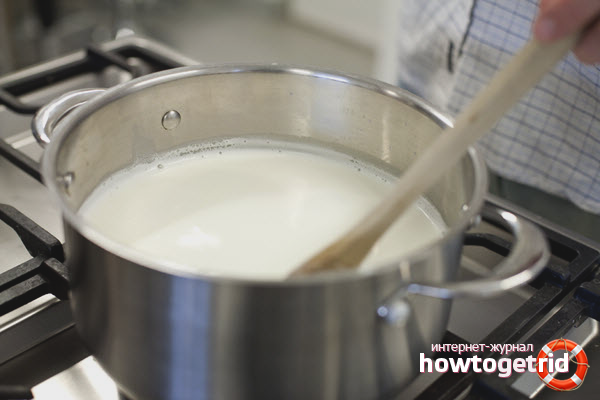


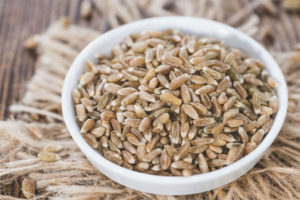
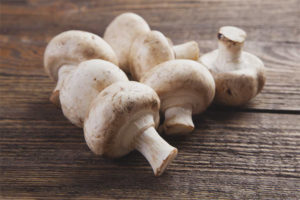
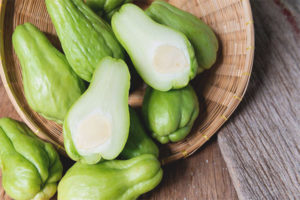



Submit